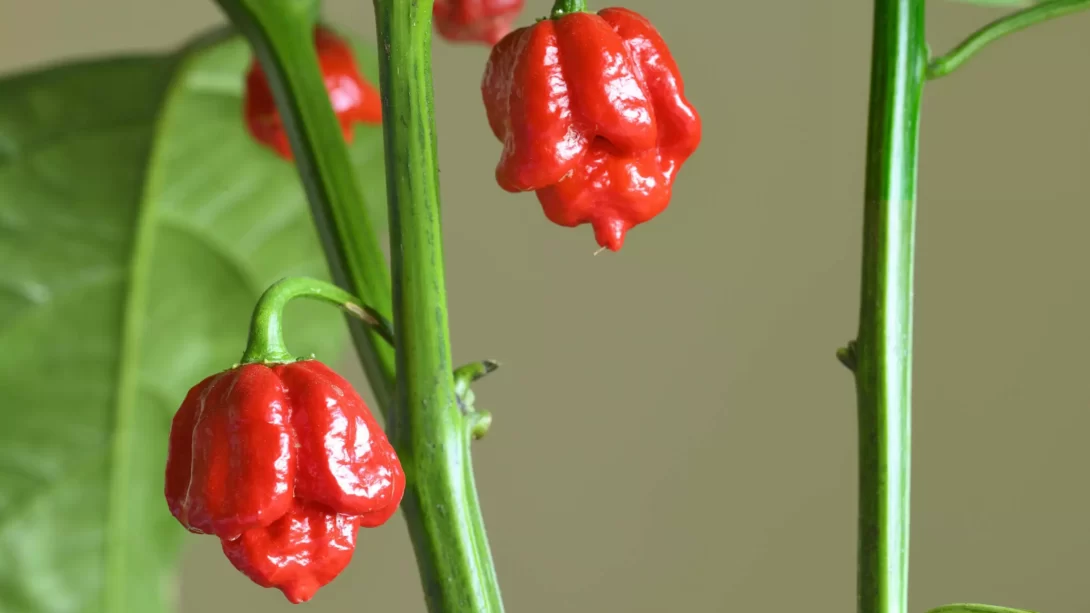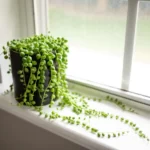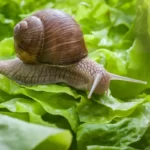The Carolina Reaper, renowned for being one of the hottest peppers in the world, is a sought-after variety for spice enthusiasts and gardeners alike. Knowing when and how to properly harvest these fiery peppers is crucial for maximizing their heat and flavor. This article provides a comprehensive guide on the optimal time and method for harvesting Carolina Reaper peppers.
Carolina Reaper
The Carolina Reaper is a cultivar of the Capsicum chinense plant. It gained worldwide recognition for its extreme heat, with Scoville Heat Units often exceeding 1.5 million. Originating from South Carolina, this pepper boasts a unique, wrinkled appearance and a stinger-like tail. Carolina Reapers typically go through a growth cycle that includes several stages, from seed germination to fruit maturity, which can vary depending on environmental conditions.
Signs of Ripeness in Carolina Reaper Peppers
To harvest Carolina Reapers at their best, it’s important to recognize the signs of ripeness:
- Color Change: One of the most obvious indicators of ripeness is a change in color. Carolina Reapers start green and gradually turn red as they mature. The deep, vibrant red color is generally a sign that the pepper is ready for harvest.
- Size and Texture: Mature Carolina Reapers are typically about 1 to 2 inches in size. The skin of the pepper should be slightly wrinkled, but the pepper itself should feel firm.
- Flavor and Heat Development: As the peppers ripen, their heat and flavor profile develop. A ripe Carolina Reaper will have its maximum heat and a slightly fruity undertone.
Optimal Time for Harvesting
The maturation of Carolina Reaper peppers generally occurs over a period of 90 to 100 days after planting. However, this timeline can vary based on several factors, including the growing environment, climate, and the care provided to the plants. In warmer climates, the peppers might ripen faster compared to cooler regions.
Harvesting Techniques
Harvesting Carolina Reaper peppers requires careful handling due to their extreme heat. Here are some steps and precautions to ensure a safe and successful harvest:
- Wear Protective Gear: Always wear gloves when handling Carolina Reaper peppers. It’s advisable to also wear eye protection to avoid accidental contact with your eyes.
- Using the Right Tools: Use a sharp pair of garden scissors or pruners to cut the peppers off the plant. Snip the stem about a half-inch above the pepper to avoid damaging the plant and the pepper itself.
- Gentle Handling: Handle the peppers gently to avoid bruising them, which can lead to quicker spoilage.
- Harvesting Time: The best time to harvest is in the morning when temperatures are cooler. This can help improve the storage life of the peppers.
Post-Harvest Handling and Storage
Once harvested, proper handling and storage are crucial to maintain the quality of the Carolina Reaper peppers:
- Washing: Wash the peppers under cool running water. If you’ve handled the peppers with bare hands, ensure to wash your hands thoroughly with soap and water afterward.
- Drying: Pat the peppers dry with a paper towel. Moisture can lead to mold growth, so it’s important to ensure they are completely dry before storage.
- Storing Fresh Peppers: Fresh Carolina Reaper peppers can be stored in the refrigerator for up to a week. Place them in a paper bag or wrap them in paper towels to absorb any excess moisture.
- Long-term Preservation: For long-term storage, Carolina Reapers can be dried, frozen, or pickled. Drying is a popular method as it intensifies the heat and flavor of the peppers.
Common Issues and Solutions
Growing Carolina Reapers can sometimes be challenging. Common issues include:
- Pests and Diseases: Keep an eye out for common garden pests and diseases. Natural or chemical pesticides can be used for pest control, while proper air circulation and plant care can prevent most diseases.
- Improper Watering: Over-watering or under-watering can stress the plants. Maintain a consistent watering schedule, ensuring the soil is moist but not waterlogged.
Conclusion
Successfully growing and harvesting Carolina Reaper peppers is a rewarding experience for any gardener, especially those who appreciate extreme heat in their culinary adventures. Recognizing the signs of ripeness, such as the change in color, size, and texture, is key to picking these peppers at their peak. The optimal harvesting time typically falls around 90 to 100 days after planting, but this can vary based on environmental conditions.
Safety is paramount when handling Carolina Reapers due to their intense heat. Protective gear, gentle handling, and the use of appropriate tools are essential practices during harvest. Post-harvest, proper washing, drying, and storage techniques are crucial to preserving the peppers’ quality and heat. Fresh Carolina Reapers can be stored in the refrigerator, while drying, freezing, or pickling are effective methods for long-term preservation.
Being aware of common growing issues, such as pest infestations and watering challenges, and addressing them promptly, can ensure the health and productivity of your Carolina Reaper plants. With careful attention to these details, you can enjoy a bountiful harvest of one of the hottest peppers in the world.
In conclusion, the Carolina Reaper is more than just a source of extreme heat; it’s a testament to the diversity and intensity of flavors that nature offers. Whether used to spice up dishes or as a challenge for heat enthusiasts, Carolina Reaper peppers provide an unmatched fiery experience, made all the more satisfying by the effort and care put into growing and harvesting them.



